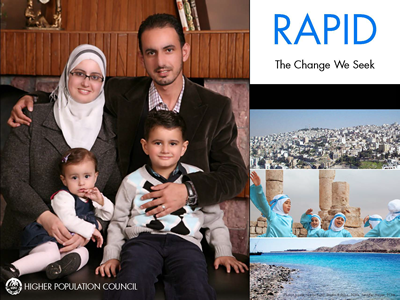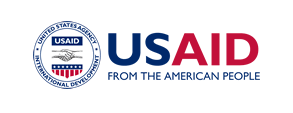The Health Policy Project ended in 2016. Work continued under Health Policy Plus (HP+) until 2022.
PUBLICATION
Author(s): Higher Population Council and Health Policy Project
Primary Language: English
Date: 8/7/2013
Abstract:
Energy is extremely expensive in Jordan, and 97 percent of all energy used in Jordan is imported. Energy costs are equivalent to nearly 21 percent of the total annual gross domestic product; energy costs are equivalent to 32 percent of the value of all annual imports; and energy costs are equivalent to the value of 83 percent of all exports. As the population grows, so will the consumption of energy, and consequently, the expenses to provide the amount of energy required in the future. If Jordan is to meet its future needs for energy, it must address multiple issues, including the scarcity of local oil, rising prices of oil in the international market, critical and serious supply-demand imbalances, costly new sources (infrastructure and operating), and the increasing pressure on resources from changes in population, development, and lifestyles. Resolving these issues will take a concerted effort and commitment from the government and the people of Jordan; and each of these issues needs to be addressed in multiple and different ways. One of the least expensive approaches that can be taken immediately, and is the underlying theme of this presentation, is to reduce population growth.
This RAPID presentation, developed by the Health Policy Project in collaboration with the Jordan Higher Population Council, demonstrates that future population growth will directly affect the ability of Jordan to provide sufficient energy resources. While reducing population growth will not be sufficient in eliminating all of the energy issues facing the country, it is a necessary step that needs to be taken in combination with many others if Jordan is to successfully resolve its pressing energy situation.
Advocacy Best Practices Capacity Development Family Planning/Reproductive Health (FP/RH) Governance, Stewardship & Accountability (GS&A) Leadership Non-Government/Community Service Org. (NGO/CSO) Parliamentarians Policy Presentation Private Sector RAPID Religious Leaders/FBOs Scale-up Stakeholder Engagement Urban and Rural Poor Youth Jordan


